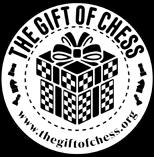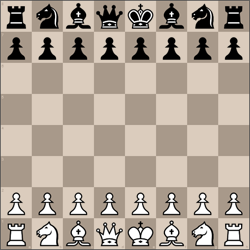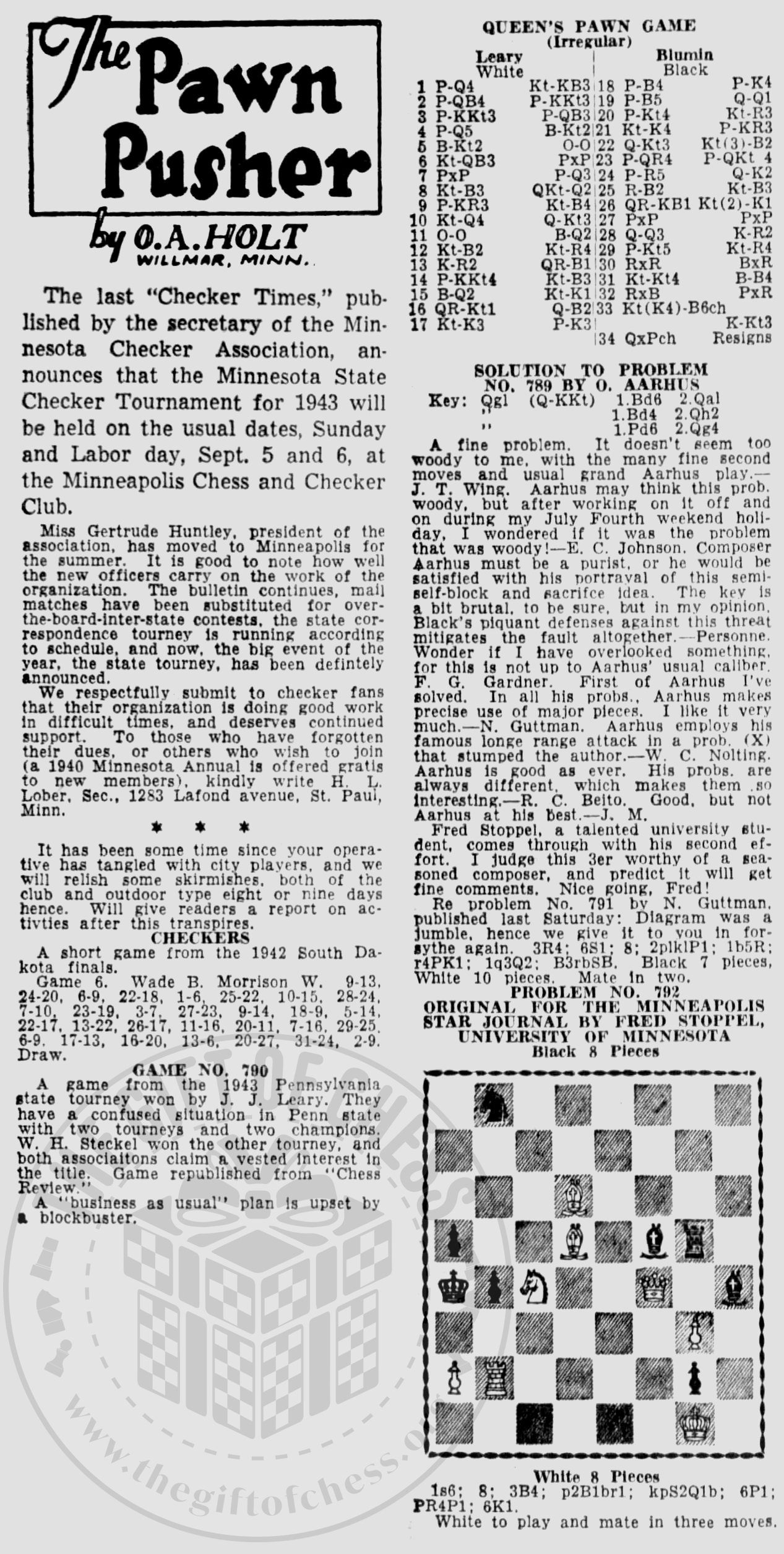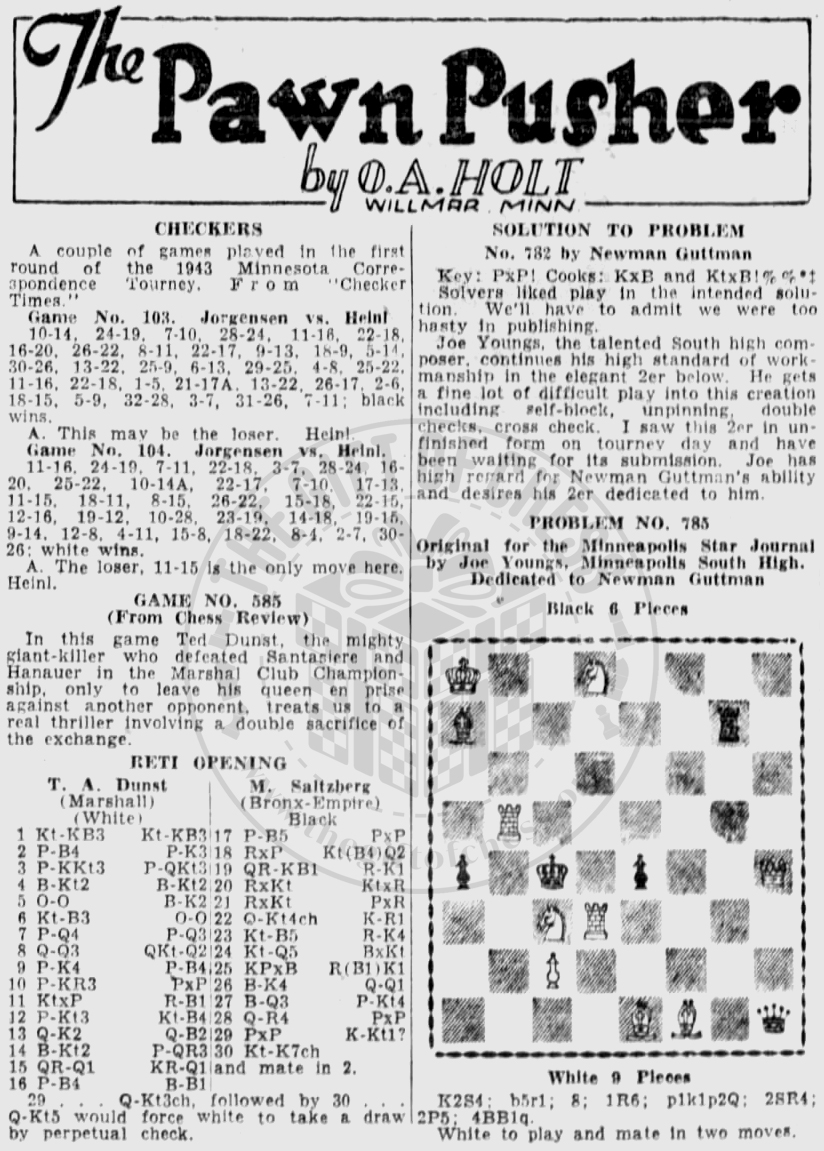 Chess 31 Jul 1943, Sat The Minneapolis Star (Minneapolis, Minnesota) Newspapers.com
Chess 31 Jul 1943, Sat The Minneapolis Star (Minneapolis, Minnesota) Newspapers.com
The Pawn Pusher by O. A. HOLT, WILLMAR, MINN.
Your operative gives you a few news items garnered during week's vacation in the Twin City area: I have met hundreds comprising the chess and checker fraternities on this visit. The well known habitats are aflame with games, problems, kibitzing and visitations.
The Minneapolis Chess and Checker Club, which visitors proclaim the finest in the county, is staging a special chess tourney during Aquatennial week. The main tourney starts today, continues through Sunday and Monday. All visitors are invited to compete. Open house entertainments are on the bill-of-fare each evening next week.
I was interested reading mail at the club from members in the service. Hers is an excerpt from one of R. Ott's epistles, strong St. Paul chesser. It is similar to many:
“Hello, from India, and, gentlemen, I am just dying for a good game of chess. When I come back, the first thing I am going to do is come up to the club for a good tussle. India has been okay, but I would rather be back in the U.S. Keep the club going strong.”
Mr. Harding has been sending a news letter each week to members in the service, the boys enjoy it, and it is a fine gesture.
Loring Park remains a hot-bed of checker activity. I learned on quick notice that Lorenzo Vest had just won the Minneapolis Park Board's annual men's checker tourney. The throng present wanted to see the new champion in action with your correspondent as an opponent. The “heavyweight” Vest seemed well pleased to earn four draws in a nine game sitting. I judge Mr. Moe to be the strongest player at that park. Elliott and Powerhorn thrive, too.
GAME NO. 591
A spicy mail game with interesting play. Taken from Chess Review:
QUEEN'S GAMBIT DECLINED
H. L. Wilcox (white) vs. C. C. Hewitt (black)
Queen's Gambit Declined: Orthodox Defense, Henneberger Variation
10. … B-N2; White's position is preferable, Black would have done better to adopt 8. … P-R3; 9. B-R4 PxP; 10. BxP P-QN4; as in the 21st game of the 1927 Capablanca-Alekhine match.
16. N-K5 … A promising pawn sacrifice.
19. … P-B4; Stock in trade for Black, but insufficient, for winning purposes, against what White has in store.
25. … N-K1; The right piece, but the wrong square.
After 25. N-R2!; a perpetual check by 26. N-R6ch, K-R1; 27. RxRch NxR; 28. N-B7ch, etc. seems indicated. As played, Wilcox effects a pretty mate.
SOLUTION TO PROBLEM
No. 791 by N. Guttman
Key; Kh2 (K-R2)
Guttman gets some good play here. The unpinning is nice.—R. C. Beito.
I did not think 791 was too difficult.—S. Sorenson.
Has some good points, but have seen better by this young author.—J. M.
The diagram was such a jumble on this offering that perhaps most solvers did not bother to set it up from Forsythe the following week. At least, we had less comments, for which we are sorry. Glad vacations do not come too often for our expert diagram typesetters who have been doing a grand and accurate job.
Joe Youngs gives us a pretty cross-check 2er below. He had four different settings on this work before he made it click. Joe writes: “These 3ers you have been publishing are the curse of my life. They have taken much of the joy out of my solving,” Cheer up, Joe! When you start cracking some of these 3ers, you will get a whang out of them.
PROBLEM NO. 794
Original for the Minneapolis Star Journal by Joe Youngs, Minneapolis South High
Black 6 Pieces
White 8 Pieces
FEN R2NNB2/1p1B4/1kq4Q/b6n/3R4/1Kp5/8/8 w - - 0 1
White to play and mate in two moves.


















































